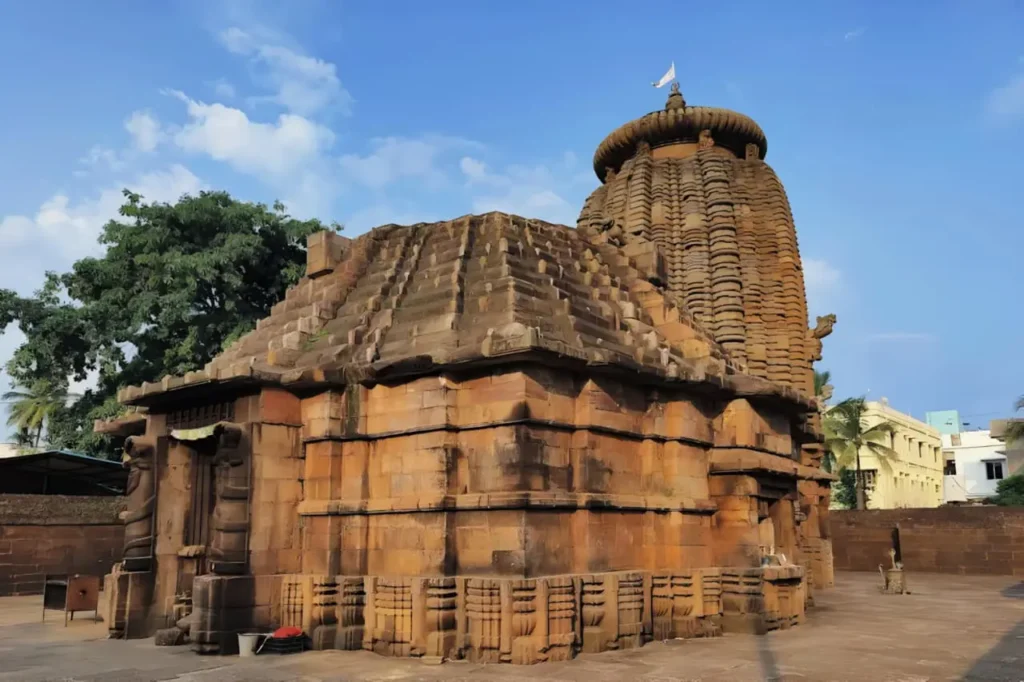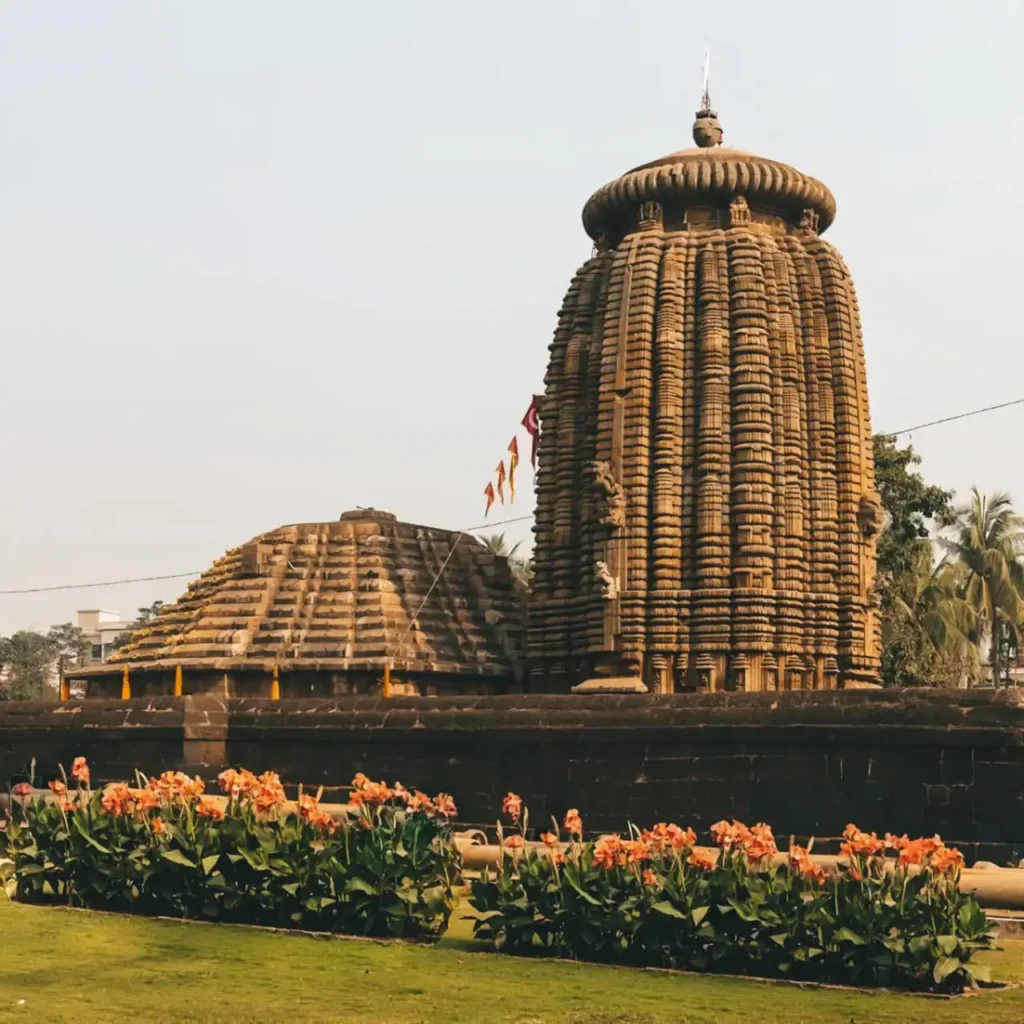
Table of Contents
When we talk about Bhubaneswar’s ancient temples, names like Lingaraj and Mukteswara often dominate the list. However, tucked quietly within the city lies a lesser-known marvel—Megheswar Temple, an exquisite 12th-century shrine dedicated to Lord Shiva. Moreover, with its deep history and unique architectural features, this temple stands as a quiet sentinel to Odisha’s rich spiritual legacy.
Therefore, let’s unfold the story of Megheswar Temple, a perfect destination for temple lovers, history enthusiasts, and peace seekers alike.Where is Megheswar Temple Located?
Who Built This Shrine and When?
Svapnesvara Deva, the brother-in-law of Rajaraja Deva II (who ruled from 1170 to 1190 A.D.), built the temple—as recorded in an inscription on the western compound wall of Ananta Vasudeva Temple. He undertook the construction during the reign of Ananga Bhima II (1190–1198 A.D.), Rajaraja Deva’s younger brother.
This monument served not just as a spiritual structure—it showcased royal patronage and marked architectural advancement during the Ganga dynasty period.
Architectural Features
Vimana (Sanctum)
- Notably, the sanctum has matured into a sapta-ratha (seven chariot-shaped projections) structure, which is a significant architectural development in Odisha’s temple design tradition.
Jagamohana (Assembly Hall)
- Although its crowning chambers are now lost, the Jagamohana still resembles that of the Rajarani Temple. Moreover, its elegant Naga columns flanking the entrance enhance the visual symmetry and artistic continuity.
Unique Iconography
- Interestingly, one standout feature is the presence of only the Dikpalas (guardian deities) without their Shaktis (female counterparts).
- Consequently, this detail strongly suggests that depiction of the Shaktis was not in practice in temple carvings up until the end of the 12th century, offering valuable insight into evolving symbolism in temple art.
Why Visit Megheswar Temple Today?
- Spiritual seekers who want to connect deeply with Lord Shiva
- Architecture and history lovers interested in transitional temple styles
- Photographers and culture enthusiasts seeking quiet beauty
People Also Ask (FAQs)
1. What is Megheswar Temple known for?
2. Who built Megheswar Temple in Bhubaneswar?
3. Which deity is worshipped here?
4. What is the architectural style of Megheswar Temple?
5. Is Megheswar Temple a tourist-friendly site?
Nearby Temples to Explore
- Ananta Vasudeva Temple – Where the Megheswar inscription is located.
- Rajarani Temple – Architecturally similar and beautifully sculpted.
- Brahmeswara Temple – Built earlier, showcasing early Panchayatana style.
- Mukteswara Temple – A sculptural jewel of Kalingan artistry.
How to Reach
- Firstly, India’s largest coastal lagoon
- Moreover, home to 135+ Irrawaddy dolphins
- Additionally, over 230 bird species & 321 fish species
- Furthermore, Kalijai Temple & rich spiritual heritage
- Finally, the second largest lagoon in the world
Conclusion
This hidden shrine may not be the loudest voice in Bhubaneswar’s temple chorus. Nevertheless, it certainly sings a song of deep history, elegant architecture, and spiritual calm. It tells a story of royal offering, evolving style, and an era before divine feminine icons adorned temple walls.
Therefore, the next time you’re in the Temple City, go beyond the famous ones. Instead, turn into the quieter lanes of Bhubaneswar—you might just find yourself standing before a sacred legacy where time whispers stories through stone.